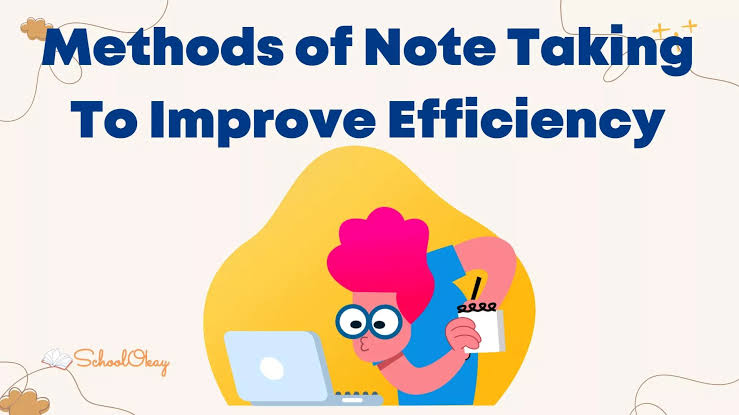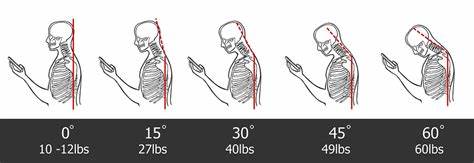Published - Wed, 02 Aug 2023

Mastering the Art of Note-Taking
Mastering the Art of Note-taking
Your Guide to Effective and Efficient Note-making
Introduction
Note-taking is an essential skill that transcends academic settings and plays a vital role in personal and professional success. Whether you're a student, a professional, or someone who loves to organize thoughts and ideas, mastering the art of note-making can significantly enhance your learning, retention, and productivity. In this blog, we'll explore the best practices to create notes that are concise, organized, and effective, empowering you to get the most out of every piece of information you encounter.
1. Choose the Right Tools
Selecting the right note-taking tools can have a profound impact on the quality of your notes. While traditional pen and paper work well for some, digital alternatives offer various benefits, such as easy organization, searchability, and accessibility across devices. Some popular digital note-taking apps include Evernote, OneNote, Notion, and Google Keep. Experiment with different tools to find the one that suits your preferences and workflow.2. Be Selective
Avoid the temptation to write down every single word. Instead, focus on capturing key concepts, main ideas, and supporting details. Being selective helps you stay engaged with the content and prevents overwhelming yourself with unnecessary information. Summarize and paraphrase in your own words, as this process aids in better understanding and retention.3. Use a Consistent Format
Consistency is crucial when it comes to note-taking. Develop a system that works for you and stick with it. Use headings, bullet points, numbered lists, or mind maps to organize your notes logically. Adopting a consistent format ensures that you can easily navigate through your notes later on and comprehend the content effortlessly.4. Active Listening and Engagement
Effective note-taking begins with active listening and engagement during lectures, meetings, or while reading. Stay present and attentive, ready to capture critical information. Ask questions and participate actively to gain a deeper understanding of the subject matter, which will reflect in the quality of your notes.5. Color-Coding
Using a color-coding system can be a powerful way to highlight and categorize information. Assign specific colors to different topics, themes, or levels of importance. This technique aids in quickly identifying relevant sections, making connections, and enhancing overall comprehension.6. Visual Aids
Integrate visual aids into your notes whenever possible. Draw diagrams, charts, graphs, or mind maps to represent complex ideas visually. Visual elements not only make your notes more appealing but also enhance recall and understanding.7. Review and Revise Regularly
Frequent review and revision of your notes are critical for long-term retention. Set aside dedicated time to go through your notes, clarify any unclear points, and reinforce your understanding. Spaced repetition, a technique that involves reviewing information at gradually increasing intervals, can be particularly effective for retaining information over time.8. Create Summaries and Outlines
After completing a study session or reading material, create concise summaries and outlines of the key takeaways. Summarizing the content in your own words reinforces your understanding and helps condense complex information into digestible chunks.9. Incorporate Personal Insights
Don't be afraid to include your personal insights and reflections in your notes. Connecting new information with your existing knowledge and experiences can deepen your understanding and make your notes more meaningful.10. Embrace Technology Wisely
While digital note-taking offers numerous benefits, it's essential to strike a balance between technology and traditional methods. Sometimes, writing notes by hand can aid in better comprehension and memory retention. Use technology to your advantage, but don't completely forego the benefits of pen and paper.CONCLUSION
Effective note-making is a skill that can transform your learning and productivity. By being selective, organized, and engaging actively with the material, you can create notes that serve as valuable resources for future reference. Embrace different tools and techniques to find what works best for you, and remember that consistent practice is the key to mastering the art of note-taking.Happy note-making!
Created by
Comments (0)
Search
Popular categories
Book and writing blogs
4Information
3Latest blogs

"Cracking UPSC: A Roadmap to Success"
Fri, 06 Oct 2023

"Stressed Out: Unpacking the Impact of Forward Head Posture on Your Well-Being"
Thu, 05 Oct 2023

Navigating the NEET: Your Ultimate Guide to Success
Mon, 04 Sep 2023

Write a public review